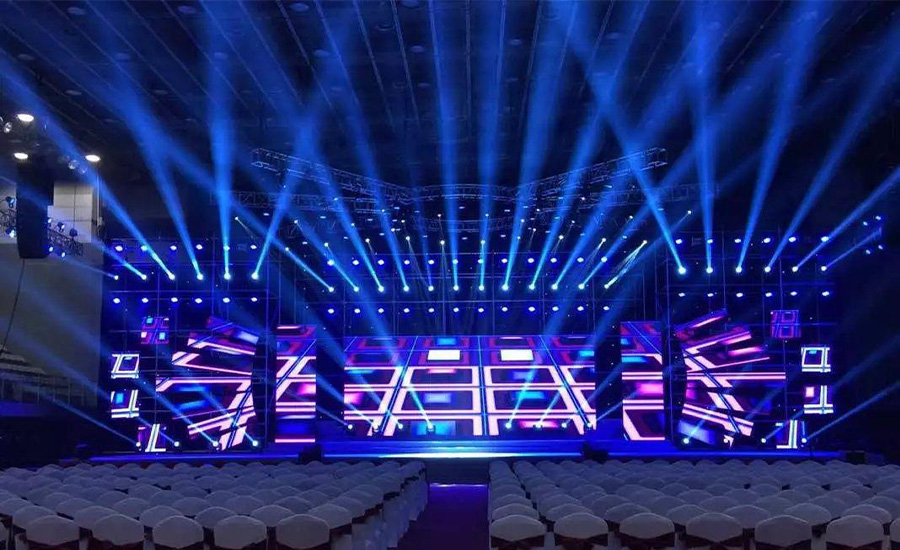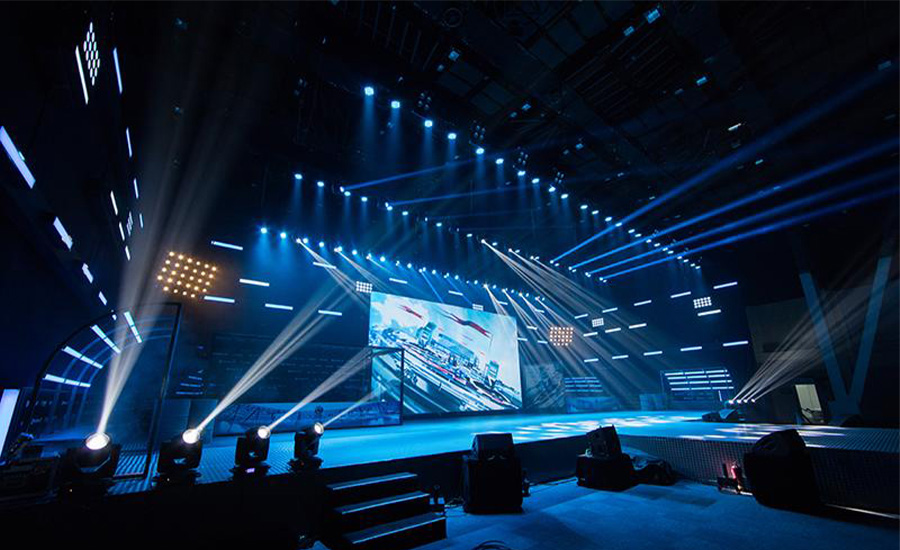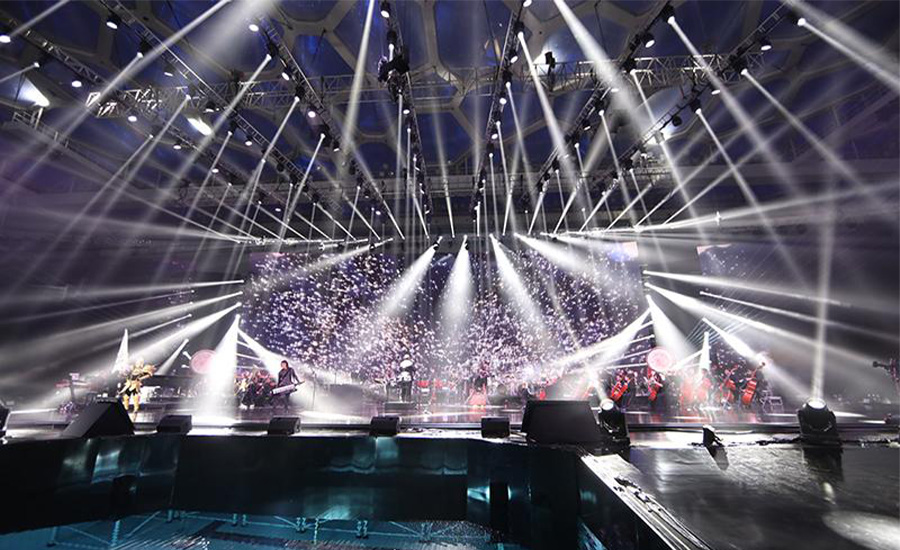In the last century, the greatest achievement of stage design was that it became a real art from the product of architecture or painter. In a century, the aesthetic concepts of stage design have emerged in endlessly like a revolving lantern. The excellent stage design provides the director not only certain "vocabulary", but the "syntax" for constructing a "small world". Similarly, a good stage design provides the audience not only some visual stimulation, but also perception, experience, A navigation aid and framework for evaluating the world of drama.

"The use of lights and projections instead of paint sets is the future." The prophecy made by the famous Czech stage designer Jo Svoboda in the early 1950s is being fulfilled in all aspects in the comprehensive stage creation. The overall lighting effect determines the appropriate expression style according to the overall style of creation. For example, in the past, now and in the future, even thinking about illusions, dreams, memories, longing, feelings, impressions, abstraction and realism. Then it is expressed through lighting equipment, and various genres of classical, romantic, natural, realistic, symbolic, three-dimensional, future, composition, performance, surreal and music, sound effects, etc.
Stage lighting is a means of using light to illuminate and shape stage performances through stage lamps and control equipment. Early stage lighting was mainly based on lighting, while contemporary stage lighting was based on lighting and focused on modeling. The modeling of stage lighting should be based on the content of the script, follow the director’s overall idea, combine the performance of the actors, and closely cooperate with the set, costume, makeup and sound, and use lighting technology and techniques to create a three-dimensional space flow and stage atmosphere and picture . In order to give full play to the functions of stage lighting, master its technical skills, and improve its artistic quality, it is quite important to explore the modeling elements of stage lighting. In-depth analysis of lighting elements from a psychological perspective is more helpful to truly master the language rules of lighting, improve the success rate of the designer's creation, and avoid the blindness of creation.

In the long-term lighting design and teaching practice, the rectangular elements of stage lighting are explored. The modeling elements of lighting mainly include light intensity, light color, light quality, light and shadow, light position, light zone, light beam and light movement. The creative staff's flexible use of the eight elements of lighting makes the stage colorful and different in style. For example,
1. Reduce meaningless lighting, highlight one part, and improve the atmosphere and visibility to highlight the overall lighting effect. Recognize the shadows and darkness.
2. The lighting methods and methods vary with the type of light source. Different materials used in buildings and lighting fixtures can reflect, transmit, and refract the light emitted by the light source, thereby greatly changing the nature of the light emitted by the light source.
3. The application of the secondary light source, reflection and transmission make the surface of the irradiated object a light source, and different materials and different light sources can obtain different secondary light sources.
4. The application of high-bright light refers to that the spotlight and other objects make the illuminated object reflect, which is more prominent and brighter than the surroundings, and the visual effect is better.
5. Under any circumstances, the light of the lighting fixture can not directly penetrate into human eyes.
